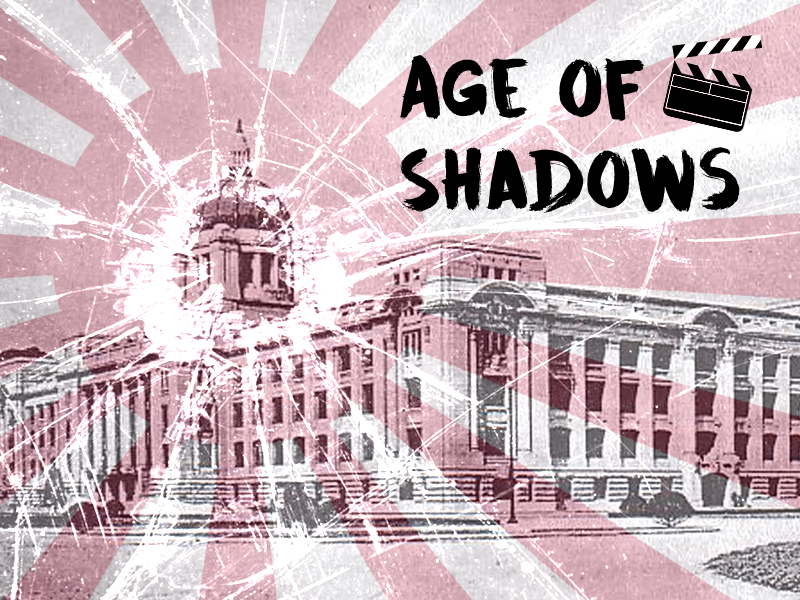Among the several Korean movies released this year that dealt with the Japanese occupation from 1910 to 1945, The Age of Shadows, released on Sept. 7, stands out amongst them all. With its unique focus on the secret spy interaction between the South Korean resistance fighters and Japanese soldiers in Korea, it sheds a new light on the Japanese Occupation period and Koreans’ resistance effort. The Age of Shadows presents the audience with 139 minutes of electrifying action scenes as well as the delicate and secretive exchanges between spies from both sides.
Acknowledged in Venice Film Festival out of competition, The Age of Shadows is centered on the South Korean resistance group’s ultimate goal of bombing the Japanese City Hall located in the heart of Seoul. The story unrolls with the introduction of Captain Lee Jung-Cheol (Song Kangho), a Korean who works for the Japanese police’s special mission. Although he works for the Japanese in an effort to catch South Korean resistance fighters, he cannot completely get rid of his emotional connection to Korea. His assigned mission by the Japanese Police to act as a spy in the South Korean resistance fighter group takes a quick turn after he meets Kim Woo-jin (Gong Yoo), one of the leaders of the resistance groups. In their first meeting in Kim’s film shop, a cover-up for the resistance group, the two are fully aware of each other’s secret motives. Yet, they both pretend as if the meeting is completely normal and ordinary. The joyful music and colorful decorations of the bar stands out in sharp contrast with the dark motivations of both.
This suspense of detecting the spy agents in each side reaches its peak during the train sequence. All the key players in the movie are on the express train from Shanghai to Seoul as the resistance fighters try to smuggle bombs and other explosives to be used in the bombing of Japanese police headquarters in Seoul. Hashimoto (Um Tae-goo), an irascible Japanese police, is with Lee Jung-Cheol, now a double-agent for the South Koreans, as they try to arrest all the resistance fighters on the train, including Kim Woo-jin. There is another catch to the scene. Kim Woo-jin and his resistance fighter group’s plan to ride this express train was exposed to Hashimoto because of a spy within the group. The complicated web of secrets and unrevealed identities make the visually intriguing train scene even more suspenseful and interesting.
So do the resistance fighters successfully bomb the City Hall? Well, you have to watch the movie to find out. But regardless of the final result, Captain Lee’s emotion-triggering internal conflict and the exciting action-packed fights between the South Korean resistance fighters and Japanese Police are definitely worth your trip to the movie theater.

